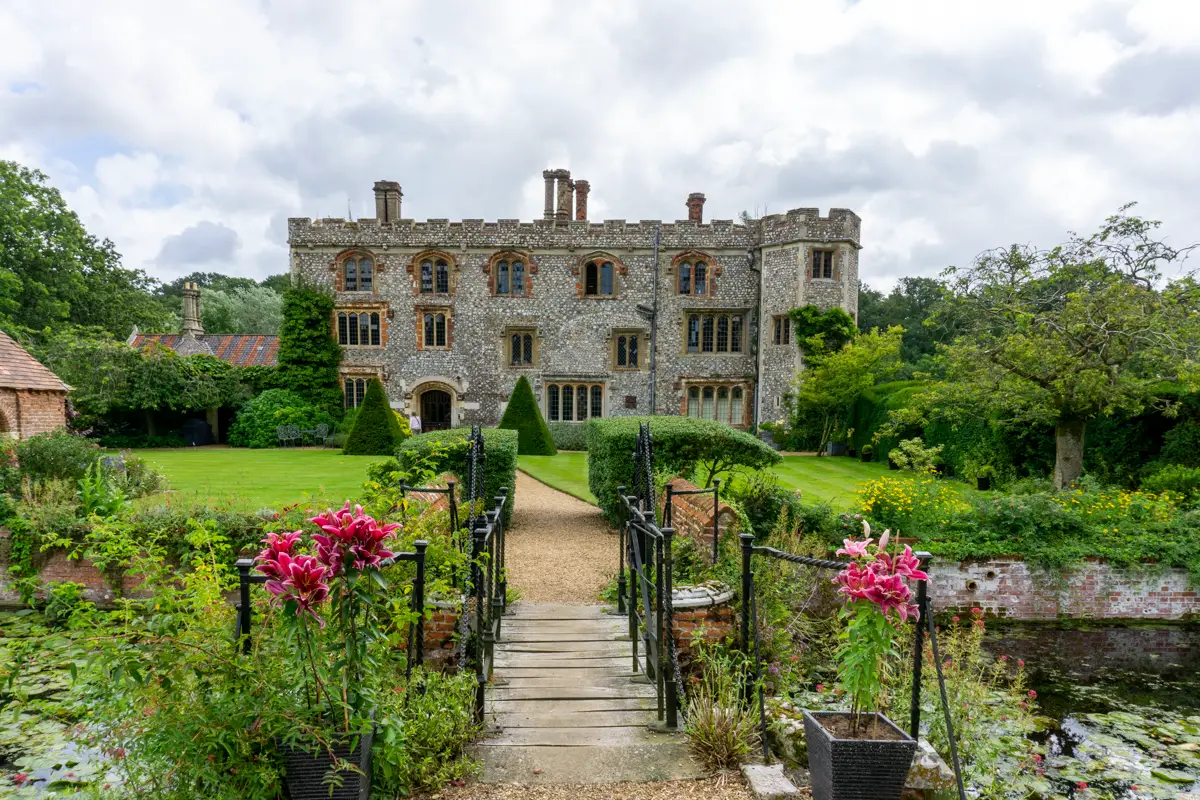Once a county dominated by wealthy landowners, it is no surprise that there are so many incredible historic houses and stately homes in Norfolk. Over the years, many rich and influential figures have chosen Nelson’s County as the location for their rural hideaways and as such, the landscape has been shaped by everybody from royalty to politicians.
Norfolk has retained its cherished place in the hearts of the wealthy and at the end of 2020, there were 4,476 properties registered as second homes and a further 2,221 classed as furnished holiday lets.
Of course, it isn’t just the affluent who head to Norfolk. This rural region draws in thousands of visitors in search of budget-friendly, wholesome fun. The county is home to a wealth of wildlife, fantastic hiking and a number of Blue Flag beaches.
Although historic estates would have once been residences for the rich and powerful, nowadays many of them are owned by the National Trust, meaning that they are accessible for all to enjoy.
This post contains affiliate links. If you use them, I will receive a small commission at no extra cost to you (and be eternally grateful)!
Read more: (opens in new tab)
- Beautiful Nature Reserves in Norfolk, England
- Epic Castles in Norfolk, England
- Visiting Norfolk in Winter
Map of Stately Homes in Norfolk
11 Best Norfolk Stately Homes
If you are heading to the East of England and are hoping to get your dose of history, I’ve compiled my favourite Norfolk stately homes below. All of these sites make a great day out for solo travellers, couples and even families. Many of them run special family-friendly events throughout the year so make sure you check the website to see what is on during your visit.
It wouldn’t be right to write an article such as this one and not draw attention to the grim past of many of Britain’s stately homes. Whilst all of these historic houses are incredibly beautiful, they also represent colonialism in one of its most brutal forms.
After recent racial unrest led to a statue of slave trader Edward Colston being torn down, the National Trust released a report into the buildings that they manage and their links with slavery. 93 places, including Blickling Hall, Felbrigg Hall and Oxburgh Hall, were all listed as being built, benefiting from or connected to historic slavery.
Of course, it is important to remember that not all stately homes are managed by the National Trust and slavery connections to historic houses are likely to be more widespread than these numbers indicate.
There is no doubt that these stately homes are an integral part of British heritage and history, whether we like it or not. However, all of us visiting these historic places have a responsibility to be aware of the past we have so long chosen to ignore.
1. Blickling Estate
Located close to Aylsham and along the Weavers’ Way Trail, lies the Jacobean mansion of Blickling Hall. This red-brick mansion was the birthplace of Anne Boleyn, one of Henry VIII’s ill-fated wives. She is believed by some to haunt the estate.
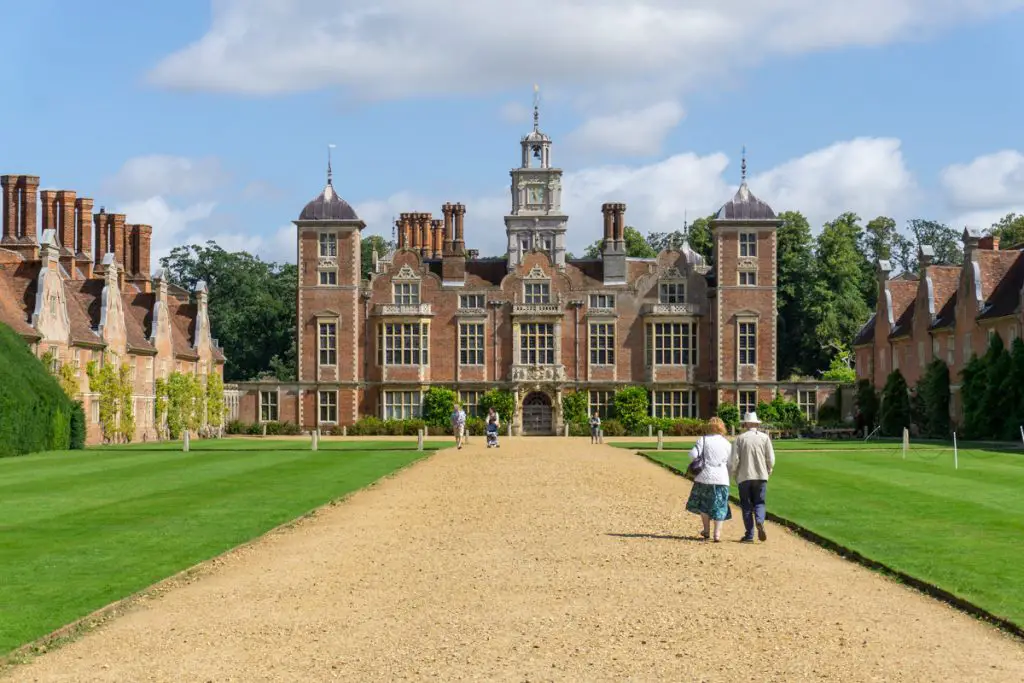
In 1940, Blickling Estate was passed to the National Trust who are now responsible for running and maintaining the site. The estate covers an estimated 4,777 acres which span parkland, farmland and woodland. The grounds offer beautiful walks in the nearby area, many of which are wheelchair accessible.
As much of the estate is farmland, it is worth noting that livestock grazes in these fields, including in ones with public rights of way running through them. If you are planning to enter any field with livestock, make sure you’re clued up on how to stay safe when hiking around cows.
Recommended place to stay: Tinsmiths House
2. Sandringham House
It is all but impossible to talk about the best stately homes without mentioning the Queen’s residence in Sandringham. This iconic estate has been the private home of four generations of British sovereigns since 1862.
There are a couple of options for visitors to Sandringham. If you are keen on exploring the house (and let’s face it, why wouldn’t you be?), you’ll need to get a ‘House & Gardens’ ticket. If you would prefer to wander through the grounds, you’ll need a ‘Garden Only’ ticket.
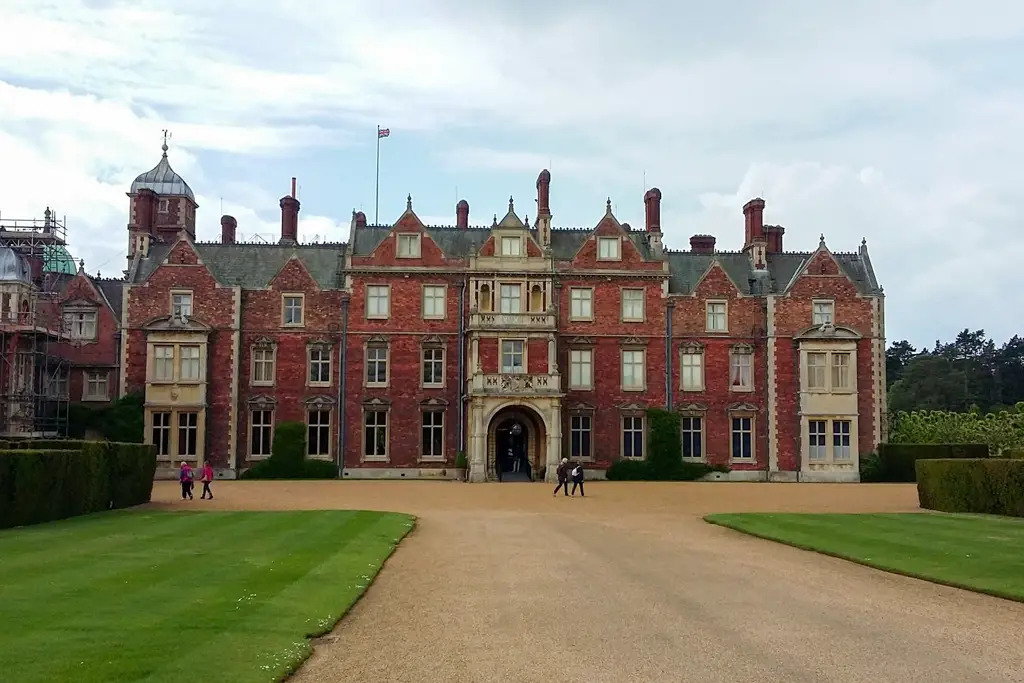
The estate is situated on 20,000 acres of land and located in an Area of Outstanding Natural Beauty. The area has also been designated a ‘Site of Special Scientific Interest’ owing to its importance as a refuge for wildlife. If you want to visit Sandringham but are staying less rural, this is a wonderful day trip from Norwich.
Recommended place to stay: The Feathers
3. Holkham Hall & Estate
The wonderful Palladian style hall of Holkham was built in the 18th century. Unlike some of the other stately homes on this list, Holkham Hall is still a private residence, although much of the building is open to the public.
Set along the coast, the location of Holkham Hall is arguably as impressive as the grand house itself. It is surrounded by 3,000 acres of parkland which encompasses one of Norfolk’s best beaches. The eagle-eyed among you may recognise privately owned Holkham Beach for being featured in some blockbuster movies, including Shakespeare in Love.
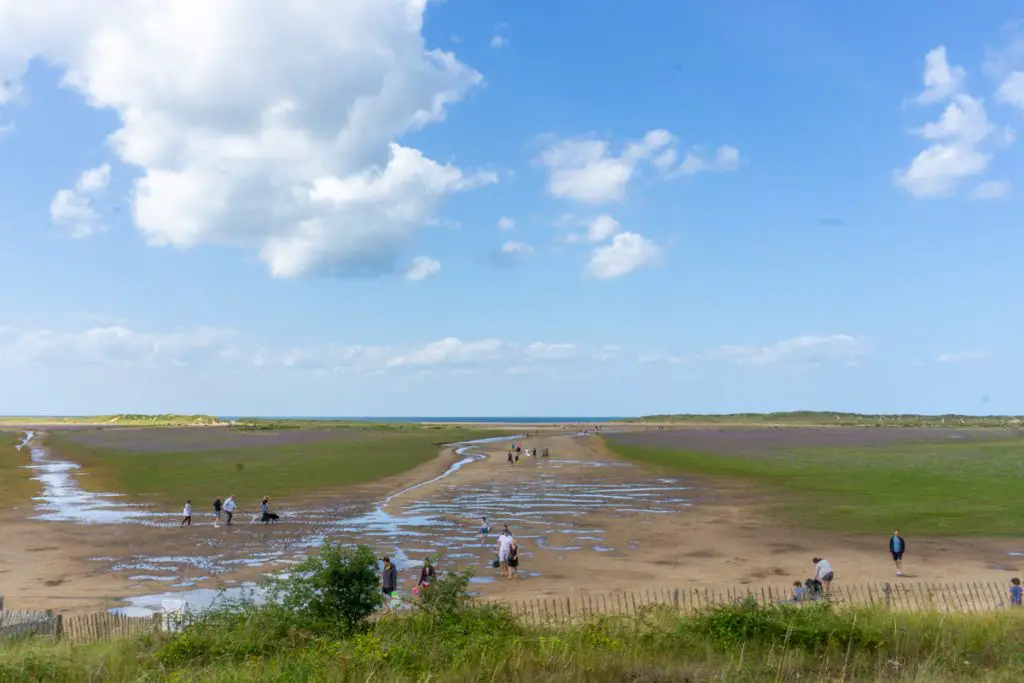
As well as the residence and grounds, the estate is also home to a nature trail, walled gardens and a woodland adventure play area for kids. Regular events take place at the hall, hosting everything from chamber music to Status Quo.
Recommended place to stay: The Bull Inn, Walsingham
4. Hoveton Hall Estate
Situated within eyeshot of the fabulous Norfolk Broads National Park sits the idyllic Hoveton Hall Estate. Built between the years of 1809-1812, this house has been handed down through the Buxton family since 1946.
The gardens are open between April and October and are a must-visit location. There is a stunning Magnolia garden and lake, an arboretum and a woodland walk. In the gardens, there is even a Grade II listed monument, an old fashioned ice well. Events take place in the gardens regularly and have been known to include open-air theatre performances and country fairs.
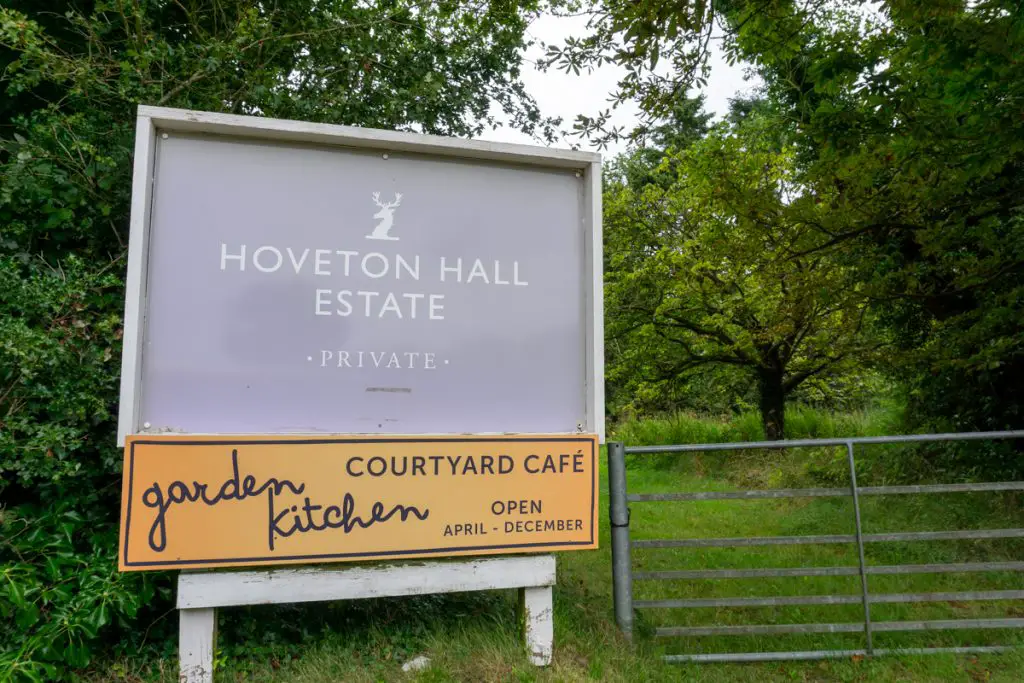
Whilst predominantly still used as a private residence for the Buxton family, parts of the hall have been revamped into holiday accommodation. Self-catered cottages and elegant suites are available. If you’re looking for a taste of luxury for your Norfolk trip, it might be an idea to consider Hoveton Hall.
Recommended place to stay: Laburnum Holiday Cottage
5. Wolterton Park
This Georgian estate is another of Norfolk’s stately homes with a link to the powerful. The building was completed in 1742 by Horatio Walpole, the brother of Britain’s first Prime Minister Robert Walpole. It stayed within the Walpole family until 2015, when the hall, along with 500 acres of land was sold.
Wolterton Hall has recently undergone extensive internal renovations which have made it a hugely desirable place to stay. The interior of the hall has retained its period features, whilst still providing guests with the contemporary comforts of modern life.
If you can’t afford to splash out and stay at the hall, it is possible to go on an organised tour of the private estate. This lasts around two and a half hours and includes canapés provided in the saloon. Very fancy!
Recommended place to stay: Hill Farmhouse
6. Oxburgh Hall
The first thing you’ll notice about this impressive 15th-century mansion is its reflection in the moat which surrounds it. On a sunny day, the views are just picture perfect! Located in West Norfolk, this historic home has been passed down through the Bedingfeld family for over 500 years.
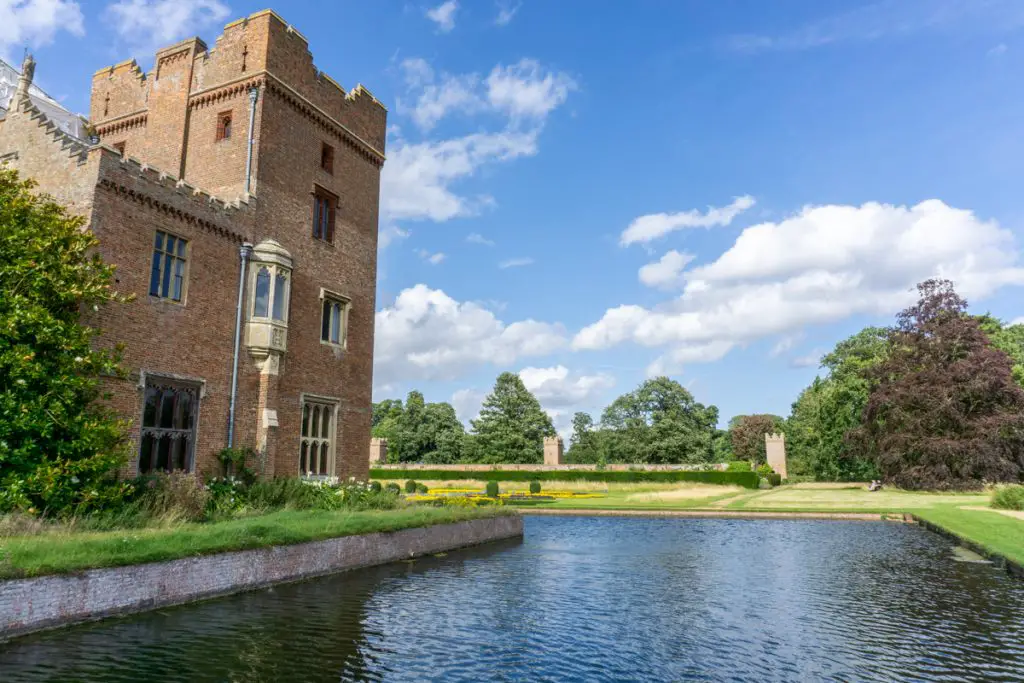
Still home to the Bedingfeld family, Oxburgh Hall is also managed by the National Trust. It is characterised by Victorian Gothic interiors and is filled with portraits and antiques from Sir Henry Bedingfeld’s private collection.
Although the original gardens have long disappeared, the current gardens are a very good replica of what would have stood in the Victorian period. The walled garden is split into the kitchen garden, (essentially a large allotment) and the orchard. There is also the French Garden which was used for potato planting during the Second World War.
Recommended place to stay: The Bedingfeld Arms
7. Wiveton Hall
This Grade II listed country house has a long and interesting history. However, these days it is best known for being the setting for the BBC 2 series, Normal for Norfolk. Wiveton Hall is set between the coastal towns of Blakeney and Cley-on-Sea.
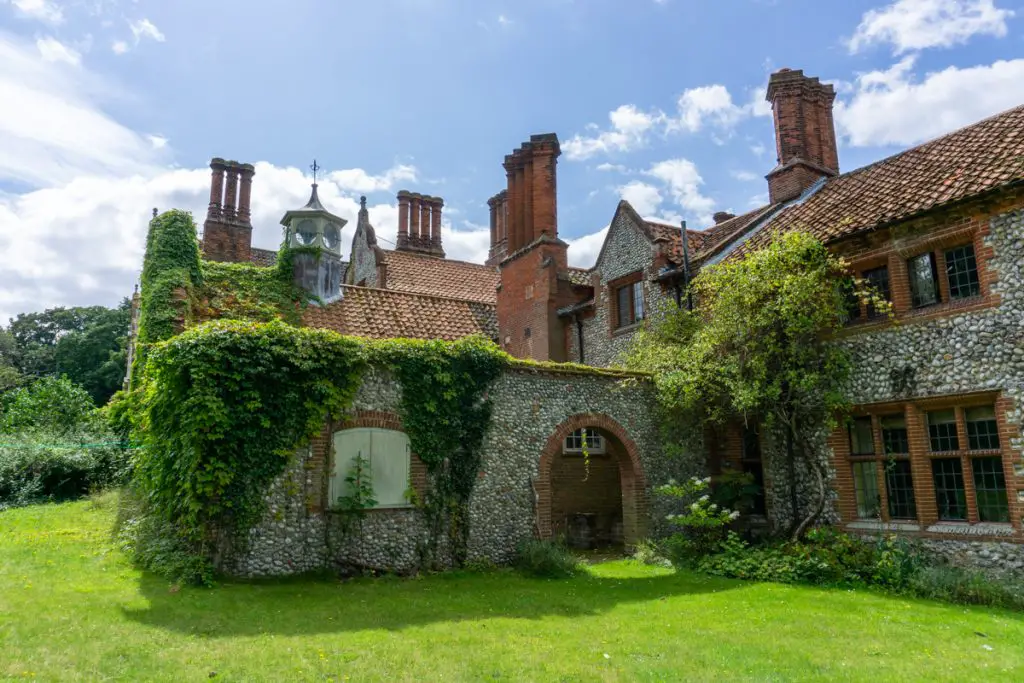
The hall itself was built in 1652 but remains of an older building on the grounds are estimated to have been as old as 1280! As well as the flint-fronted Jacobean mansion, there is also a pick-your-own fruit farm and gardens on site.
Perhaps the most famous addition to Wiveton Hall is the popular cafe. All of the food is home-cooked, often using ingredients sourced directly from the farm. If you are visiting on holiday, the chutneys and jams make for excellent gifts!
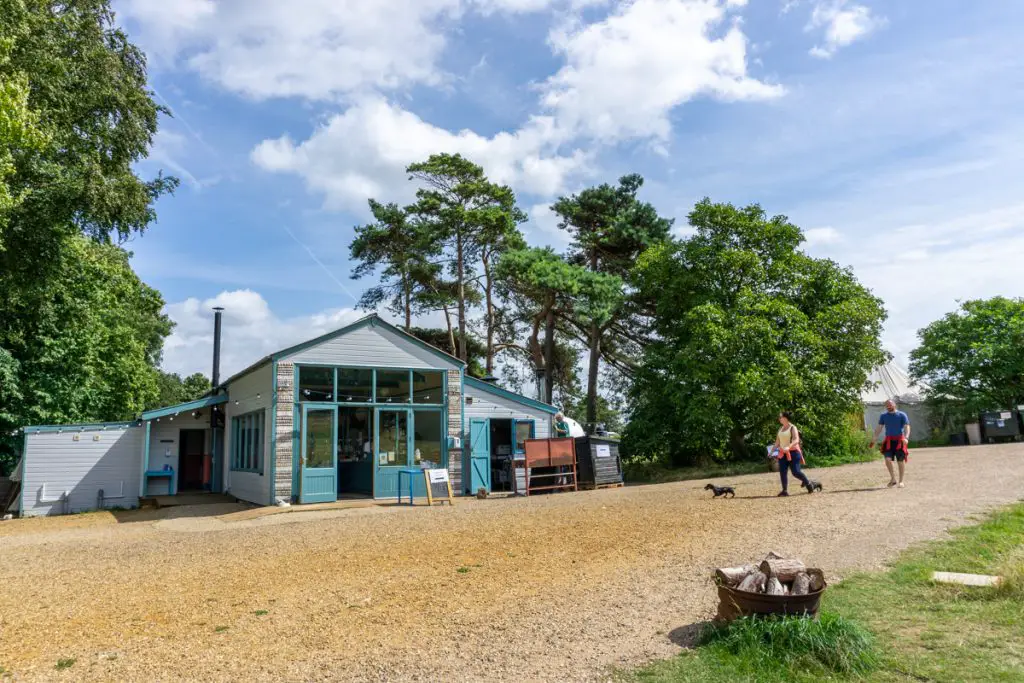
Recommended place to stay: Bramble Lodge
8. Hindringham Hall
This 16th-century moated house looks like it could’ve fallen straight out of Downtown Abbey. Built from brick and flint, this Tudor Hall is complemented by several medieval fish ponds, beautiful floral displays and a walled vegetable garden.
The moat which rings the property is fed by the River Stiffkey, which runs through the grounds. Now owned by Charles and Lynda Tucker, in 2020, the gardens were shortlisted for the Historic Houses Garden of the Year award.
The gardens at Hindringham are open to the public on Wednesdays and Sundays throughout the summer. They also run house tours which lead visitors around the moat, gardens and the ground floor of the house. These run on specific dates so make sure you check the website in advance to book.
If you really want to immerse yourself in this stately home, it is also possible to stay at the self-catered accommodation on site. Options include The Moat House (sleeps two), Banes Cottage (sleeps four) and Docking Cottage (sleeps four).
Recommended place to stay: Wren Cottage
9. Felbrigg Hall
Located southwest of Norfolk seaside town Cromer, Felbrigg Estate spans 1,750 acres of land. Of this, there are 520 acres of Great Wood in the area around the main hall. The hall was built incrementally and the first construction work took place in the Tudor period.
Initially owned by the Felbrigg family, Felbrigg Estate was then passed to John Wyndham where it was handed down for centuries. In 1969, then owner Robert Wyndham Ketton-Cremer imparted both Felbrigg Hall and Estate to the National Trust.
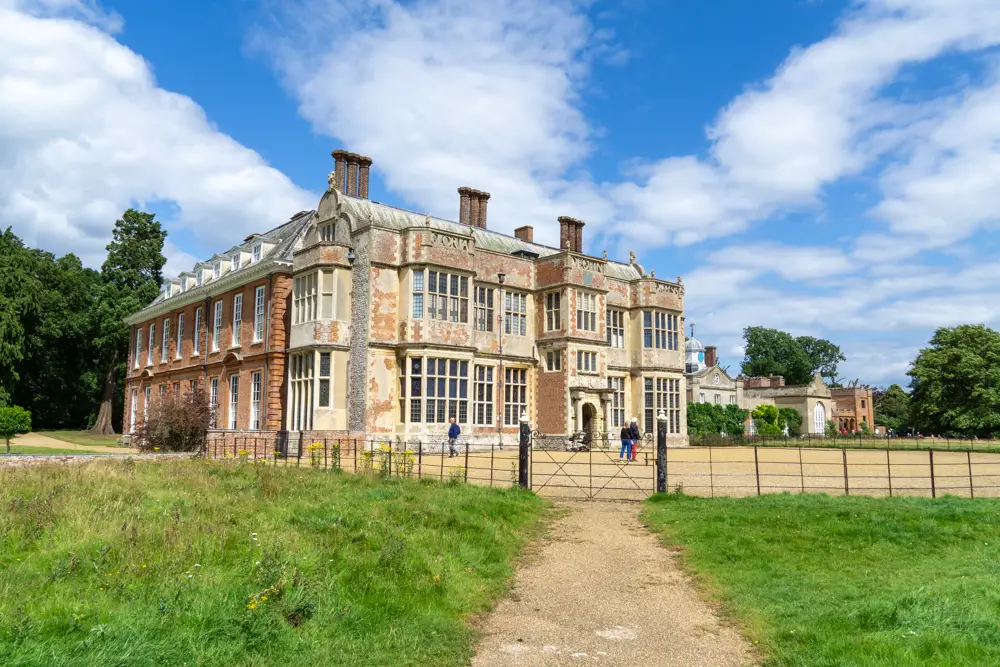
The grounds are beautiful and a number of local trails, such as Weavers’ Way, zigzag throughout. Much like Blickling Hall, livestock also roams freely here which is something to be aware of if you are walking in the area.
The opulence and grandeur of the hall are breathtaking and should definitely be experienced firsthand. It is home to a huge collection including architectural drawings and historic wallpaper. The hall is closed on Thursdays and Fridays unless your visit date falls within the school holidays.
Recommended place to stay: The Covey
10. Mannington Hall
Mannington Hall is a Grade 1 listed country house encircled by a medieval moat. It is located close to the village of Itteringham in Norfolk. Since the 18th century, this enchanting estate has been owned by the Walpole family, who you may recognise as having owned Wolterton Hall.
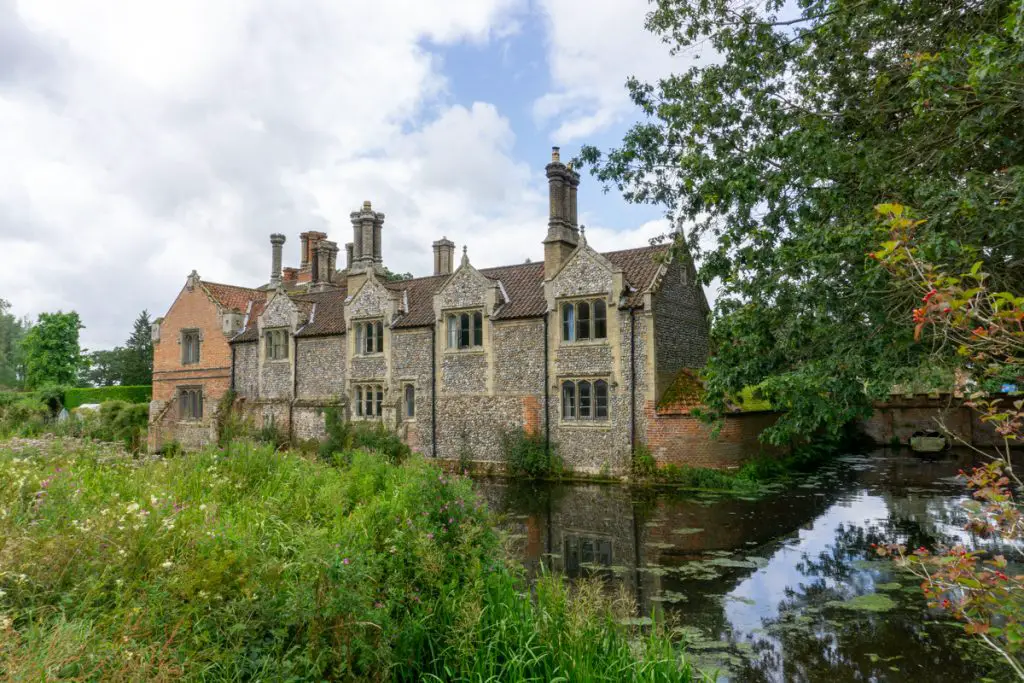
Many country walks cut through the estate and these trails are open to the public for no charge. However, you will be required to pay for the car park if you are driving to Mannington. The public and special interest groups can view the house but this can only be done with a prior appointment.
The gardens are open Thursdays, Fridays and Sundays during the summer months. There is a tearoom, affectionately named the Greedy Goose on site. They sell a range of locally sourced treats and cakes. Keep an eye on their website for scheduled events.
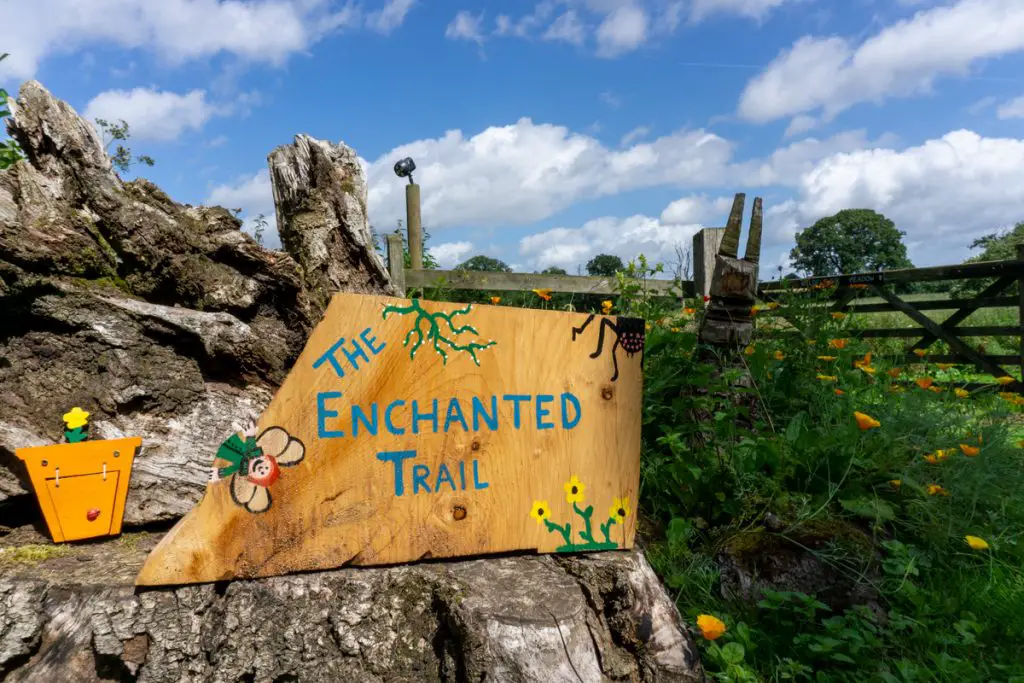
Recommended place to stay: Ramblers Retreat
11. Houghton Hall
Another of the Walpole family estates, Houghton Hall was commissioned in the 1720s by the then Prime Minister, Sir Robert Walpole. Set in 1000 acres of land, it is practically within earshot of another popular Norfolk stately home, Sandringham House.
The hall, which was a collaboration between the two influential British architects James Gibbs and Colen Campbell is a fine example of Palladian style. Nowadays, the house is home to the 7th Marquess of Cholmondeley, who is a descendent of the Walpoles.
As well as this impressive mansion house, there is an organic farm, deer park and sculpture garden onsite. Houghton Hall is open on selected days across the summer. Tickets must be reserved in advance.
Recommended place to stay: Hill Farm Bed and Breakfast
How many of these stately homes in Norfolk have you visited?

